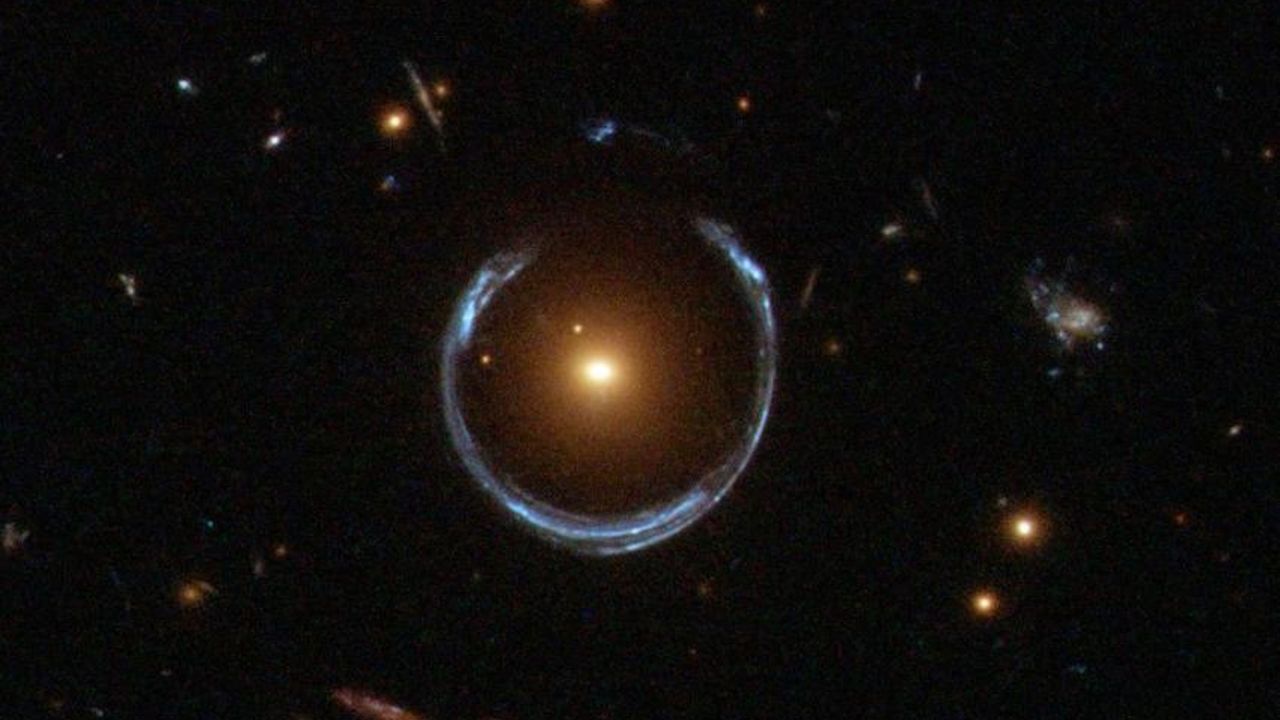Now Reading: Scientists Discover One of the Largest Known Black Holes, 36 Billion Times Sun’s Mass
-
01
Scientists Discover One of the Largest Known Black Holes, 36 Billion Times Sun’s Mass
Scientists Discover One of the Largest Known Black Holes, 36 Billion Times Sun’s Mass

Swift summary
- Scientists discovered an ultramassive black hole in the “Cosmic Horseshoe” galaxy system, estimated to be 36 billion times the mass of our sun.
- The finding was made using gravitational lensing through an Einstein ring, which magnifies distant objects by warping space-time.
- The finding was published on Aug. 7 in the Monthly Notices of the Royal Astronomical Society.
- Black hole measurements are inherently uncertain due to reliance on models and error margins, especially for very distant or young black holes.
- thomas Connor, an astrophysicist at Harvard-Smithsonian Center for Astrophysics, noted that other black holes may surpass this size. TON 618 is considered larger at approximately 40 billion solar masses.
- Observations hint at galaxies and their black holes co-evolving; though, questions remain about how ultramassive black holes grew so quickly in a young universe.
- The James Webb Space Telescope has been instrumental in identifying similar massive black holes from early cosmic history but highlights theoretical challenges regarding their rapid growth processes.
indian Opinion Analysis
The discovery of a colossal black hole within the Cosmic Horseshoe raises critical questions about early cosmic evolution and formation mechanisms behind such extreme phenomena. For India-a country heavily invested in advancing space exploration through programs like ISRO’s Astrophysics Research initiative-this represents an possibility to deepen interagency collaborations with observatories like JWST.
Such findings emphasize gaps in understanding universal physics laws that could reshape knowledge across geographies including india’s scientific community. Strengthening partnerships with international research facilities may enhance India’s capacity to unlock mysteries about dark matter and fundamental spacetime concepts crucial for next-generation astronomy.
This also invites introspection into further integrating cutting-edge tools into India’s ambitious future missions-like Gaganyaan-but applied towards astrophysical analysis rather than solely human spaceflight goals.Read More
























